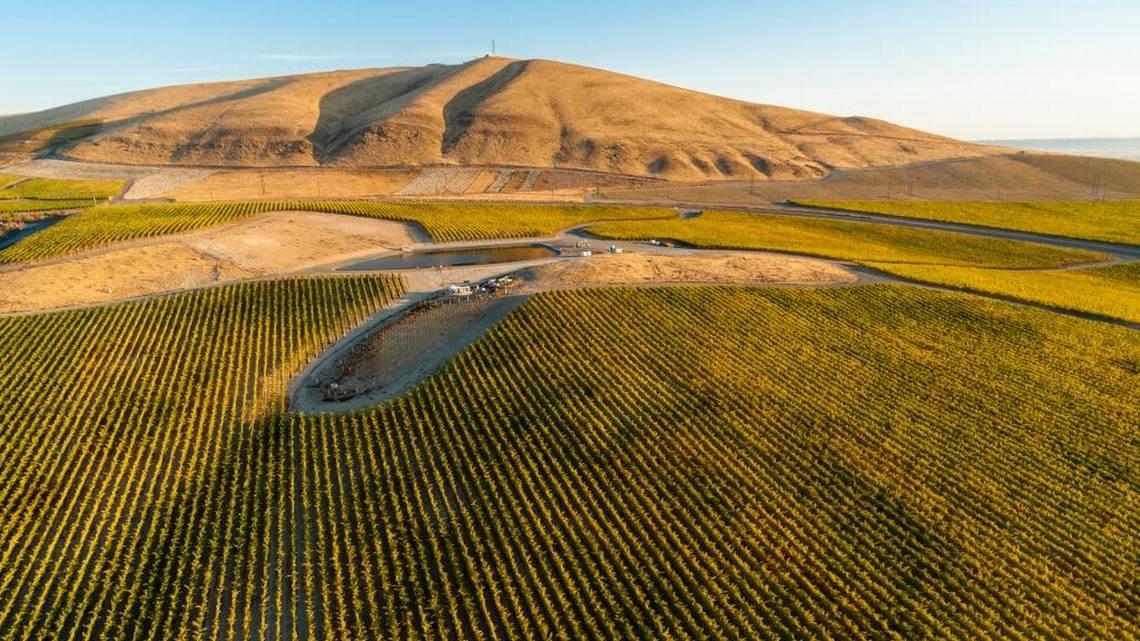Tri-City Herald
June 12, 2018
Of all the brown ridges in Washington’s Columbia Valley, perhaps none is more important to winemakers than Red Mountain.
It is a 4,040-acre ridge on the eastern edge of the Yakima Valley that has a history of grape growing and winemaking that stretches back to the 1970s. It is the smallest American Viticultural Area in Washington (the second-smallest in the Pacific Northwest after Oregon’s Ribbon Ridge).
Some will argue that it has become the most-important growing region in Washington. When a wine lover sees “Red Mountain” on a label, the impression is almost a guarantee of heft and quality. What makes this little benchland that is little more than a sliver of the Washington wine industry so important?
Start with heat. Each vintage, Red Mountain ranks among the warmest areas in the Columbia Valley. The soil is sandy, prompting the vines to reach deep into the ground for sustenance. A lack of water kept Red Mountain from reaching its full potential. That changed several years ago with a new irrigation system. Now, Red Mountain’s historically brown, sagebrush-covered slopes have transformed to verdant vineyards.>>>Read the entire article featuring Woodinville wineries Obelisco Estate on Tri-City Herald
Photo: Richard Duval Images
